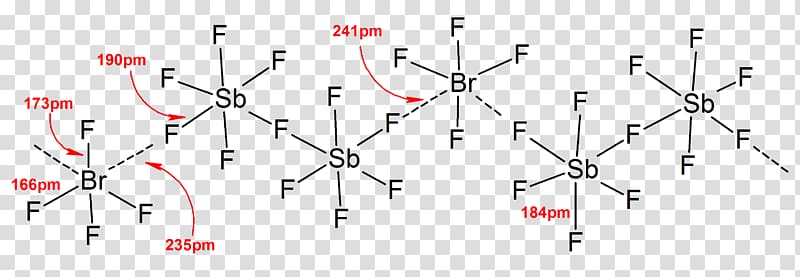

However, the self-assembled Stranski–Krastanov method of growth offers very limited modification. One of the important issues for device applications is the ability to modify the size, shape, and density of the dots. Self-assembled InAs quantum dots (QDs) 1–14 are of great interest for scientific studies and practical applications. These results indicate a marked Sb surfactant effect that can be used to control the density, shape, and luminescence of the exposed and buried QDs. However, a high Sb BEP yields a quantum well-like PL feature formed by the clustering of the buried QDs into an undulated planar layer. Increasing Sb BEP can also blueshift the ∼ 1300 nm emission from the buried QDs by decreasing the dot height. Increasing Sb BEP causes a blueshift of the emission from the exposed QDs due to a reduction in the dot height as suggested by atomic force microscopy. A good room-temperature photoluminescence (PL) at ∼ 1600 nm from the exposed QDs is observed, suggesting that the Sb incorporation probably improves the emission efficiency by reducing the surface recombination velocity at the surface of the exposed QDs. However, a high Sb BEP yields a surface morphology with a regular periodic structure of ellipsoid terraces.

Incorporating Sb can reduce the density of the exposed QDs by more than two orders of magnitude. Secondary ion mass spectroscopy shows the presence of Sb in the exposed and buried QD layers with the Sb intensity in the exposed layer substantially exceeding that in the buried layer. This work investigates the surfactant effect on exposed and buried InAs quantum dots (QDs) by incorporating Sb into the QD layers with various Sb beam equivalent pressures (BEPs).


 0 kommentar(er)
0 kommentar(er)
